GIGABYTE AM1M-S2H Review: What Can $35 Get You?
by Ian Cutress on August 15, 2014 3:00 PM EST- Posted in
- Motherboards
- AMD
- Gigabyte
- Kabini
- AM1
GIGABYTE AM1M-S2H BIOS
Unlike the mainstream platforms, one might forgive a manufacturer for not spending much time developing and optimizing a new BIOS topology for a low cost platform like AM1. Since GIGABYTE came into the graphical BIOS arena, its ‘classic mode’ has been a permanent fixture, especially for enthusiasts that find some of the newer implementations a little difficult to manipulate at speed. It is this classic mode that the AM1 platform falls back on, although the lack of CPU overclocking does strip out a number of options.
The first screen shows the BIOS version, CPU frequency, CPU temperature, DRAM size, DRAM speed and voltages, although the most poignant information is not here: what motherboard am I looking at and what CPU is installed. This is a perennial problem for the classic mode, which is rather surprising given that the Current Status option here displays at least the CPU used:
While the motherboard has the standard overclocking menus, there is little to actually overclock. In the Advanced Frequency Settings, we were unable to adjust the North Bridge frequency or the CPU Clock Ratio above stock settings:
XMP modes are supported up to DDR3-1600 MHz, although the sub-timing options later in the BIOS can help with some extremely tighter timing kits (such as DDR3-1600 C7).
So while there are no direct overclocking options, users can adjust the CPU, NB and DRAM voltages should they want to make the system as low-power as possible:
The PC Health Status menu is where the fan options are, although because this is GIGABYTE’s classic mode, these options are limited to a strange scale of ‘PWM / ºC’. What this means is how the fan power is adjusted according to the temperature, and as such a setting of 2.50 PWM/ºC will cause higher fan speeds as the system warms up than a setting of 1.25 PWM/ºC. This scale is not linear in performance, as the rotational speed of the fan is not directly proportional to the power across the whole range.
The BIOS Features tab gives options for Fast Booting into Windows 8 as well as adjusting the boot order.
The Peripherals section has fewer options than we are accustomed to due to the lack of extra controllers on the motherboard, however the audio/NIC/USB ports can be adjusted here, as well as the SATA configuration (IDE/AHCI) and the GFX options.
The final Save and Exit tab gives options for Boot Override or BIOS profiles:
GIGABYTE AM1M-S2H Software
In perhaps the same way that the AM1 BIOS is not up-to-date with the latest implementation, neither is the software. On GIGABYTE’s mainstream Intel platform at least, the options are all tied into a new interface and each iteration gives more features and functionality. With AM1, we are back with EasyTune 6 with its limited capabilities.
Because there is no overclocking on this motherboard, ET6 plays more of an informative role for the most part, letting us know which motherboard, CPU, DRAM and GPU are in play.
The Tuner section offers a little bit of modification, especially if the user wants to overclock DDR3-1333 memory to DDR3-1600:
The voltage options from the BIOS are also present for any user wishing to underclock and save power.
The basic EasyTune fan controls are here, offering a two point gradient for both fan headers.
Because there was no way to update the BIOS through EasyTune when it was made, GIGABYTE developed @BIOS to perform the operation:


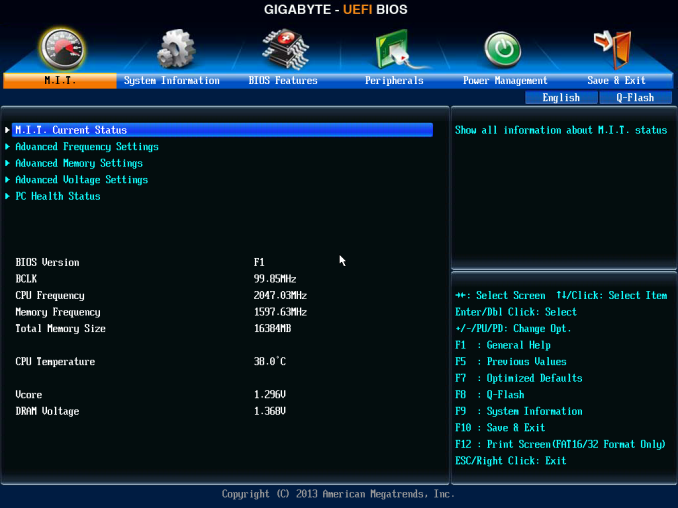
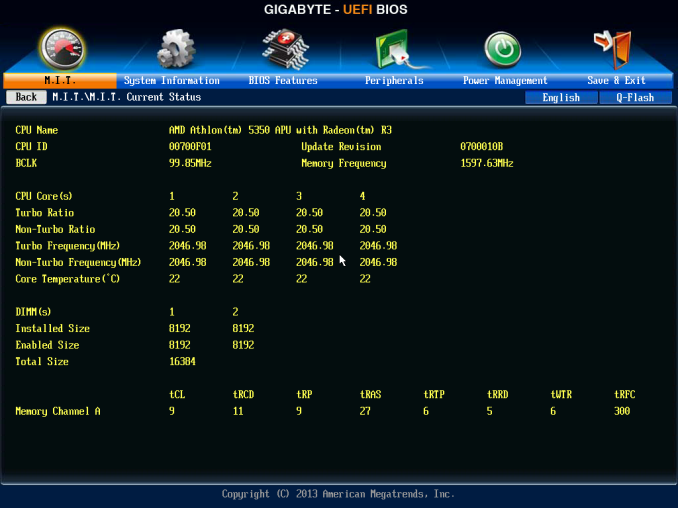




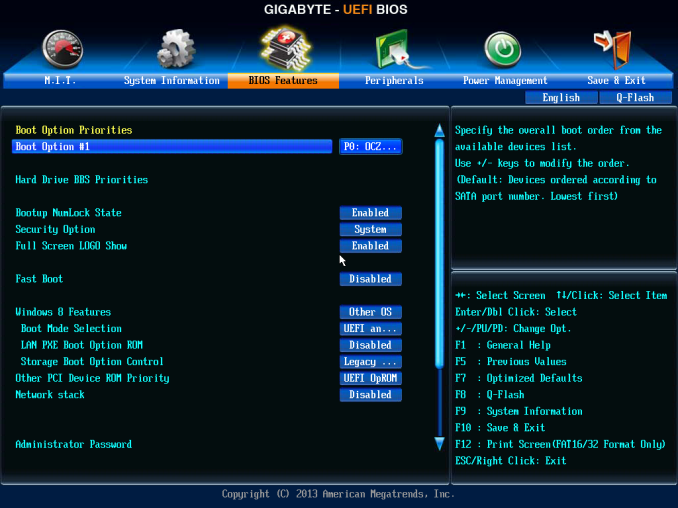
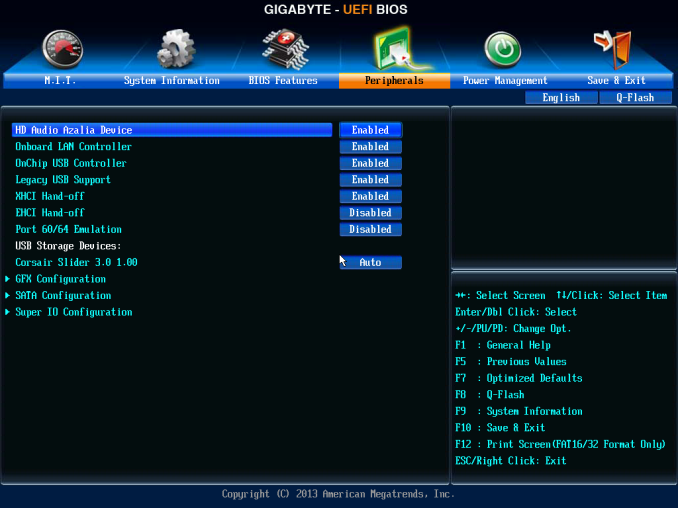
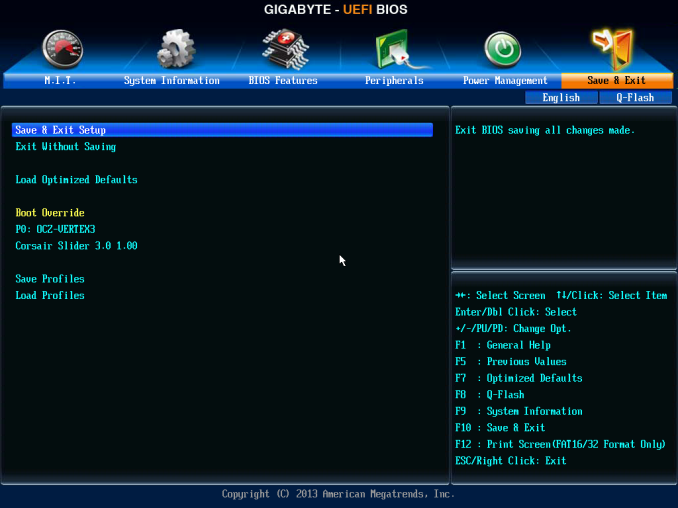






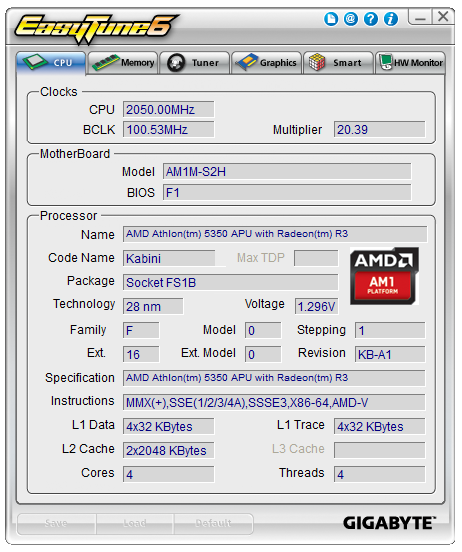
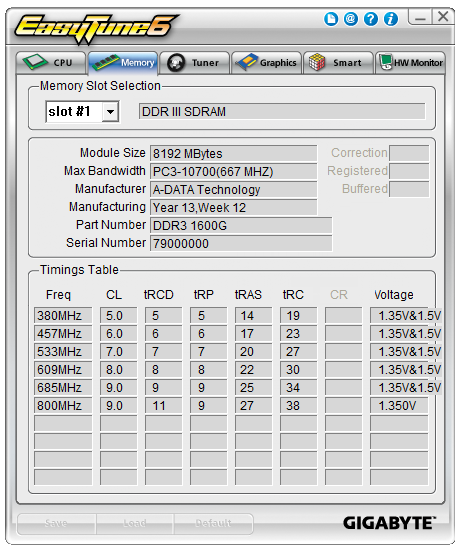
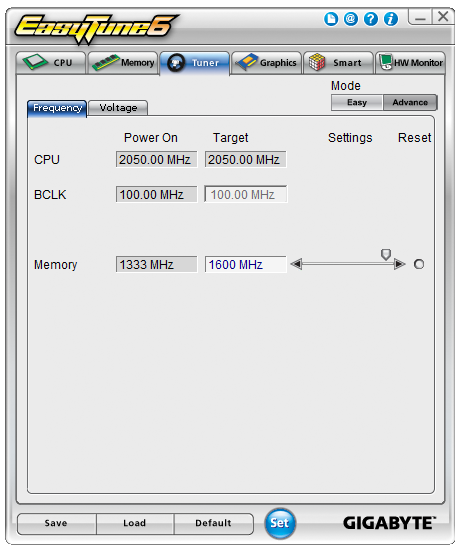

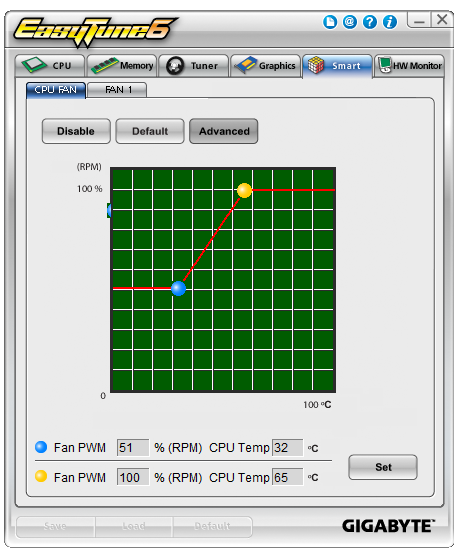
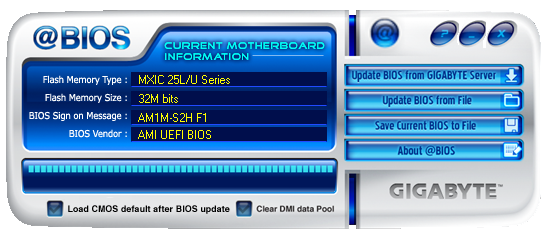














45 Comments
View All Comments
fteoath64 - Sunday, August 17, 2014 - link
Yes and something different as well like the Asrock AM1 board that had a DC 19v input as well as 24pin psu connector but using the DC input instead!. This is where a cheap or sometimes existing adaptor block is already available for use and being used. Now that would be different. AM1 cpu is disappointing in total cost as BayTrial is way cheaper giving similar performance (though lesser a bit) at half the power consumption as AM1.jospoortvliet - Monday, August 18, 2014 - link
Every review I have seen shows the AM1 performance better per watt than the atoms, as AM1 idle usage is lower and performance is better.... but I have seen only a few. Care to link me to one showing the atom has higher performance and lower idle use than the AM1? Load performance matters little, as in typical usage you load these systems .5% of the time...jabber - Friday, August 15, 2014 - link
Used a lot of Gigabyte boards with Dual BIOS over the years.....never used it.bebimbap - Saturday, August 16, 2014 - link
I thought that dual bios might be marginal benefit of dual bios was nothing till one day I decided to change my Cpu from a k series to non-k. I reset the bios in between but it still became corrupted. Though I have other methods of recovvering from this, the board auto recovered and copied the second bios over the first. In the last eight years and over a dozen systems I have only encountered this once and it saved me time. If it were my only system it would have been much worse if I didn't have dual bios. Also I can imagine this happens to reviewers who test multiple chips on multiple boards and with multiple settings. I can see it now: "We would have loved more time on this board but, it's bios failed and we had other boards to review."HardwareDufus - Friday, August 15, 2014 - link
I look at this system and I think: $50 120GB SSD, $35 MB, $30 CPU, $50 4GB DDR2...Perfect drop in replacement for ancient PII or AMD K6 systems..... $170..... reuse your existing case, powersupply, keyboard, mouse, monitor.. Sell the old stuff (harddrive, cpu, motherboard, memory) for $20 to somebody. Your out like $150.... and you've got a cheap SSD... It will boot fast and feel fast relative to what you had...
jabber - Friday, August 15, 2014 - link
Is anyone really running such systems? It's pretty rare I get a single core box older than 2004 dropped in to me nowadays. 20th century computing is pretty much extinct.wintermute000 - Saturday, August 16, 2014 - link
Its indeed a cheap system, but what person who knows how to build a PC, is still using something that old and worthless. The bother + risk on ancient PSU = just throw that PII/III away, but a new box. Which may very well be a cheapie with a 5350, but I don't think system building comes into it in any way shape or form.jabber - Saturday, August 16, 2014 - link
Mmm yes running your new hardware off a 15 year old PSU and yellowed beige plastic PC case...like that'll work.A system to be proud of.
HardwareDufus - Saturday, August 16, 2014 - link
Although I am Irish/American, I have lived 8 1/2 years in Mexico. So yeah.... $170 to build a system, even if it has an old powersupply and a beige case is a fantastic idea. You need to understand just how much of the world's population lives on the edge of poverty.I personally am an odd one because I build a new Mini-ITX rigs for myself about every 2 years. The last was with an 3770K, IGP for video on 2 24" LCD 1920X1200 monitors. (No discreet video cards for me)... SSD and 16GB of ram.... and I spend too much in the process each time.
However, I truly see the value in recycling old stuff... everytime I build a new system... I pass on the old stuff. I know of an elderly couple in upstate NY that is still using my AMD k6-III+ build overclocked to 600Mhz with 768MB of Ram on Windows2000 Professional with Office2000 Professional. THey turn the computer on... then go start brewing coffee... Eventually the coffee and the computer are ready. There was a time when I was buying up every K6-III+ I could find on EBay, overclocking them to upgrade ancient Socket7 machines for people for almost Zero money.
My old Server machine with Dual PIIs overclocked to 400Mhz (B21 tape trick), 1GB of Ram and 4 4GB UWSCSI drives is still running (WinXP Pro) at another person's house. What a ridiculous machine to surf the web and check email... but I passed it on for free!
Last year I purchased 13 Dell Optiplex755s with 13 Planar 18" LCDs (1280X1024) at less than $120usd a piece. These boxes all had leagal copies of WIndows7 Professional. Yeah, they've only got 2GB of Ram... and 40GB harddrives.... but they are perfect for teaching Physical Computing with Arduino microcontrollers..
Nothing like putting 13 PCs on a couple of plastic coca cola tables and connecting them up to a single 16port Netgear switch and uplinking to your 5mbs DSL that cost you $349mxn a month (About $30usd) and letting folks check email, surf, learn to use Google Docs... learn to program in C/C++ using Arduino software and $15 microcontrollers...All for free.
I grab up all of the obsolete netbooks I can find with WindowsXP on them.... stick on Arduino Software and Adobe Reader... Stick on a bunch of downloaded PDFs on Basic Electronics, C Programming with Arduino in Spanish, etc... and put it all a plastic OXXO (think SevenElven) with an Arduino UNO clone microcontroller, usb cable, handfull of LEDs and Resistors.... and send them off with young people. Too slow for browsing content on the internet kids shouldn't be browsing... but more than they need to learn programming and electronics.
I know a poor family that is using the composite video of the Rasberry Pi (overclocked to 1Ghz) hooked up to their old TV using a usb keyboard, mouse and 2GB microSD to surf the internet and check mail. Cost me $25usd to gift that to them (keyboard, mouse and coax were freebies I got). (I have 2 rasberry pi...I haven't found a thing to do with them excpet to show off really slow $25 computers)..
Yes, I'd rather be handing out Surface 3 Pros to everyone... But in the meantime... $30 cpus, $35motherboards and $50SSDs..... that's good stuff. Cheap SSDs can make the slowest system feel adequate!!
jabber - Saturday, August 16, 2014 - link
I put far newer stuff than that in the trash. There comes a point in the civilised world where it just becomes a liability and a dust trap.